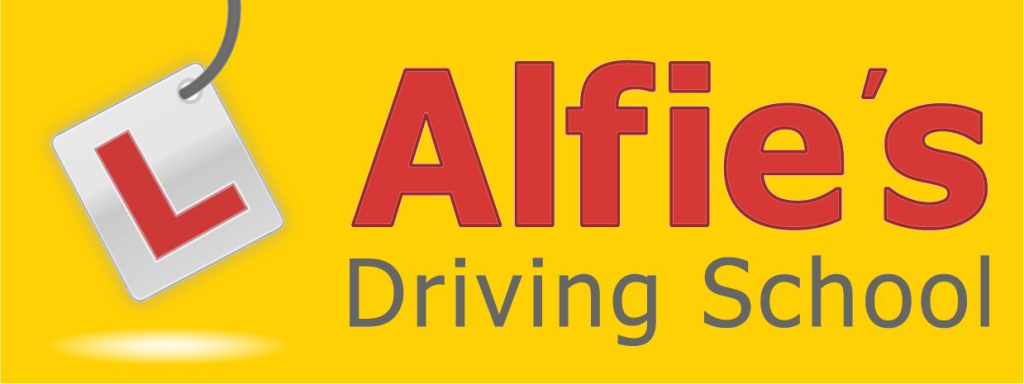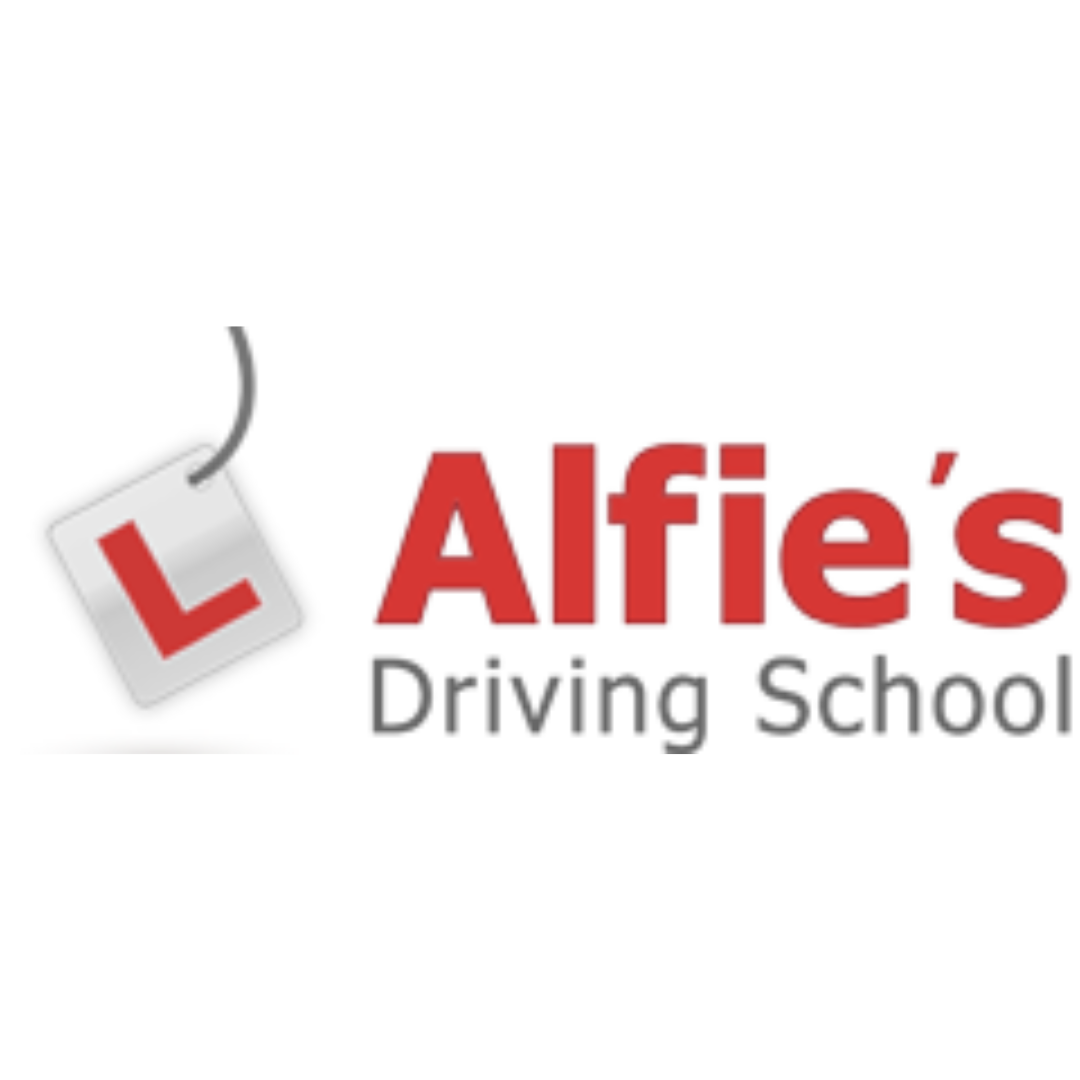Why Choose This Manoeuvre?
For how common this manoeuvre is, driving forwards into a parking bay has its downsides. Some you might want to consider include:
- When reversing into the parking space, you might have better visibility over the bay lines
- It is more challenging to fit into a tight space when driving forward into the bay
- The visibility can be much worse when reversing out of the bay
- If reversing into a bay, you can use the lines of the bay in front of you as a reference.
Performing This Manoeuvre on Your Test
While this manoeuvre implies some noticeable disadvantages, this is one of the most common manoeuvres used by all drivers. Indeed, some advantages of it are that it is much quicker to perform than reversing into the bay, and, in good visibility conditions, reversing out of the bay is also a safe option. Due to its popularity, it has been implemented in the new driving test that became official in December 2017.
Driving Forwards Into a Parking Bay: Step-by-Step
Here is a breakdown of the steps to take to perform this type of parking manoeuvre. Don’t forget that the assistance and guidance of an expert instructor are irreplaceable to learn such challenging procedures.
Step 1: Selecting Your Parking Bay
If you are performing this manoeuvre in your driving test, your DVSA examiner will not indicate to you the target parking bay. Rather, you will have to choose one for yourself. When you are prompt, check your mirrors and release the gas pedal to slow down. This will give you the time to identify the right bay. For this, use the tips below:
- If possible, pick a bay that has no cars parked on the sides. This will limit the chances of damage and allows you to perform the manoeuvre with less pressure.
- You can cross the white lines of the bay slightly when moving into it. However, it is recommendable to pick a bay on the right side so you won’t need to drive onto the other side of the road to complete your parking.
Step 2: Approaching Your Parking Bay
Once you have picked your bay and slowed down, you will need to implement your LADA (Look, Assess, Decide then Act) routine. Once you are in a safe spot, and you have identified potential obstacles, it is time to drive forward into the bay.
When doing so, remember that the vehicle driving on the other lane assumes priority. So, you might need to stop to let others go before the lane is free and you can complete the manoeuvre.
Step 3: Use the MSPSL System
When approaching your bay, it is crucial to implement the MSPSL (Mirrors, Signal, Position, Speed, Look) routine. For this, you should:
- Recheck your mirrors, including your doors’ ones and you interior one
- Put on a signal if someone is behind or in front of you to let them know of your upcoming change of directions.
- If your target bay is on the right, position yourself as much as possible on the left. This will make your entry easier.
- Slow down to ensure that you can respond in a timely manner to all obstacles that might come your way. You might decide to stop altogether if a car is coming.
- Keep looking around throughout the manoeuvre as pedestrians might be walking around, and other users might try to get into the same bay.
Step 4: Use Your Mirror for Reference
When trying to park into your target bay, you might decide to use a focal point for reference. Your instructor might point one out for you. If not, use your door mirror as a reference.
Once the door mirror is in line with the first line of the bay you have chosen, get ready to turn.
Step 5: Aim for the Outer Line of Your Targeted Bay
Once you have passed the first line by around 1dt, steer full lock towards the bay. Do so while your car is moving slowly.
At the beginning of this movement, the left side of your car will be pointing to the beginning of the second line of your chosen parking bay. If you have turned correctly, the tires of your car will slightly cross this line before entering the chosen bay.
Step 6: Straighten Up
Don’ts start to straightening up your car immediately as this might leave your car at an angle, and you might need to try the manoeuvre again. Instead, start to straighten the steering will slowly as the car comes into position. Then, straighten the steering wheel completely once the car is fully in the parking space. Do so before you come to a stop to avoid dry steering.
Step 7: Check That You Are Straight
Your door mirrors should give you an indication regarding whether you are in the right space. You can also use the interior mirror to ensure that your car is in line with the car behind you.
Bottom Line
The hardest part of driving forwards into a parking bay is that you will need to reverse to exit it. And, this means that visibility will be limited. Make sure you follow the guidelines and help of your instructor throughout the process.




